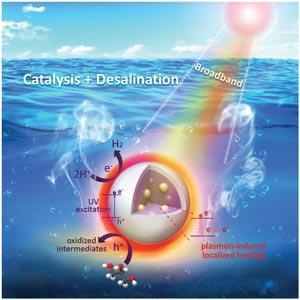Nanocomposite helps to produce drinking water and fuel

Solar-powered desalination produces energy was first published by Chemistry World.
Nanocomposite helps to produce drinking water and fuel

Solar-powered desalination produces energy was first published by Chemistry World.
No comments yet